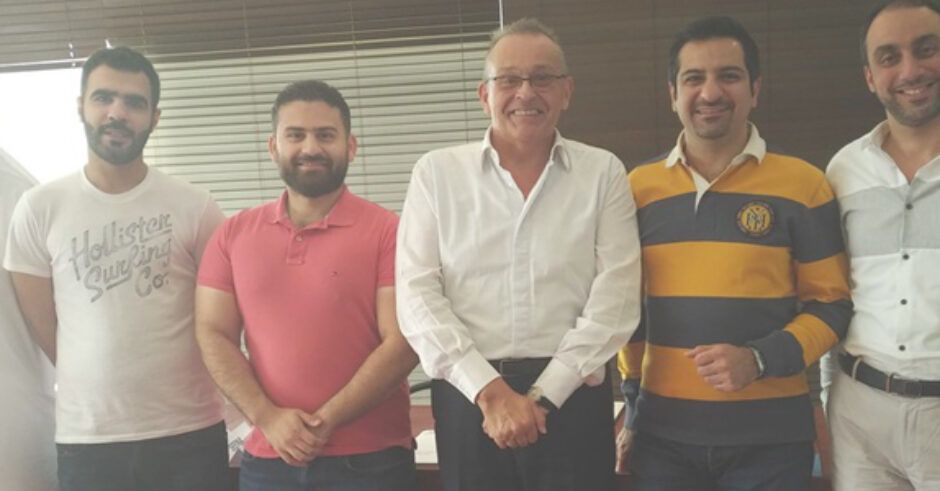This organisation is a stock-market quoted firm owned by shareholders rather than being a family-owned business. The dilemma faced by the C-Suite was whether decisions should be made to benefit themselves, benefit the shareholders or benefit the long-term sustainability of the enterprise, which would have positively affected a much wider range of stakeholders.
This third option would ensure a greater percentage of the year’s earnings would be kept in the business, to be invested in key innovations, rather than left for disbursements to shareholders. The first option, improving the position of the C-Suite, would have meant less for shareholders and potentially damaging the mid to long-term future of the organisation.
Within a very short time the C-Suite decided there were only two options: either benefit the shareholders with greater level of earnings available this year or keep funds in the business for innovation projects, ensuring longer-term sustainability. The discussion to drop the first option, which would have benefited them, was a case-study in handling ‘principal-agent’ issues.
These C-Suite executives could have been running a corporate governance seminar given the way in which they compared and contrasted governance factors; a nuanced and thoughtful discussion. If only more C-Suites did the same, there would be less companies going into receivership. One of the main causes of receiverships is greed by principal-agents who prefer lining their own pockets in the short-term, destroying value in the organisation and weakening it for the future.
The discussion around governance then focused on what is the main responsibility of the C-Suite: is it to maximise short-term returns for shareholders or is the main responsibility to take decisions which would ensure longer-term sustainability. This difficult dilemma was made more acute by the desperate need to invest in technology and human-resources to handle the shift to a more e-commerce approach. This area of innovation had been left for future review over the last few years and it now needed urgent action.
Summarising the discussion is illuminating and might throw light on what is happening in your company. Are decision-makers investing for the future, benefiting a wide range of stakeholders, or are decisions being made for the short-term benefit of shareholders?
Should the emphasis be on shareholders’ short-term welfare or stakeholders’ longer-term benefit?
The main external stakeholder groups identified were: shareholders; debt-holders; creditors and suppliers; customers; suppliers; and communities affected by the corporation’s activities. Internal stakeholders were the board and C-Suites, management-tiers and of course, the bulk of employees.
The C-Suite needed to find governance-definitions to help guide their decision-making. Exploring different models of corporate governance gave the debate a view of different guidance for decision-making. The Anglo-American ‘model’ of governance favours the interests of shareholders. Then there is the model focusing on multi-stakeholders, which is associated with Continental Europe and Japan, focusing much more on the interests of workers, managers, suppliers, customers, and the community as well as shareholders.
The Indian Committee on Corporate Governance says: “acceptance by management of the inalienable rights of shareholders as the true owners of the corporation. It is about commitment to values, about ethical business conduct and about making a distinction between personal and corporate funds in the management of a company.”
So given this decision-dilemma, which way would you jump? As a C-Suite board-member benefit yourself with a bigger bonus-payout, maximise disbursement of earnings to shareholders for their short-term benefit? Invest in innovation ensuring longer-term sustainability of the enterprise and expected greater longer-term returns for the wider stakeholder-base?
Are you and your management team controlling an enterprise which is: investing little for the future; suffering from static or declining revenue; cutting costs to boost margins on a regular basis; booking sales before customers’ invoices are due; focused on hitting quarterly targets as the number one priority; massaging performance to maximise executive bonuses?
If the answers to the above are ‘yes’ then you are ploughing a short-termist field, which will almost certainly not deliver stimulating long-term sustainable futures.
Are you and your management team sitting on abnormally high profits? Given this splendid situation, are you are exploring ways to deploy and disburse these funds, not for the benefit of long-term investment and benefiting all stakeholders, but to maximise shareholder disbursements or even possibly leverage C-Suite executive-remuneration?
If the answer to the above is not investing for the long-term benefit of the organisation and all stakeholders then you are bleeding value out of the enterprise, damaging it for the future.
Having policies and procedures, and more importantly habits and behaviours, which are focused on longer-term delivery as well as achieving short term life for the organisation is the ideal approach to good-governance. Recognising ‘the art of business is staying in business’ implies monitoring of implementation of ‘best-practice’ by seniors on the governing bodies. This best-practice approach needs mechanisms which balance power and ensure focus on explicit-values; stressing the key obligations of enhancing immediate financial-health as well as longer-term viability of an organisation.


